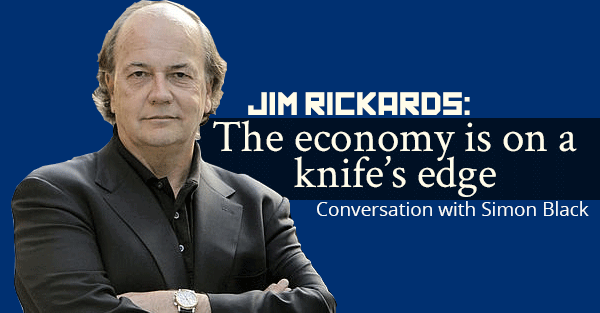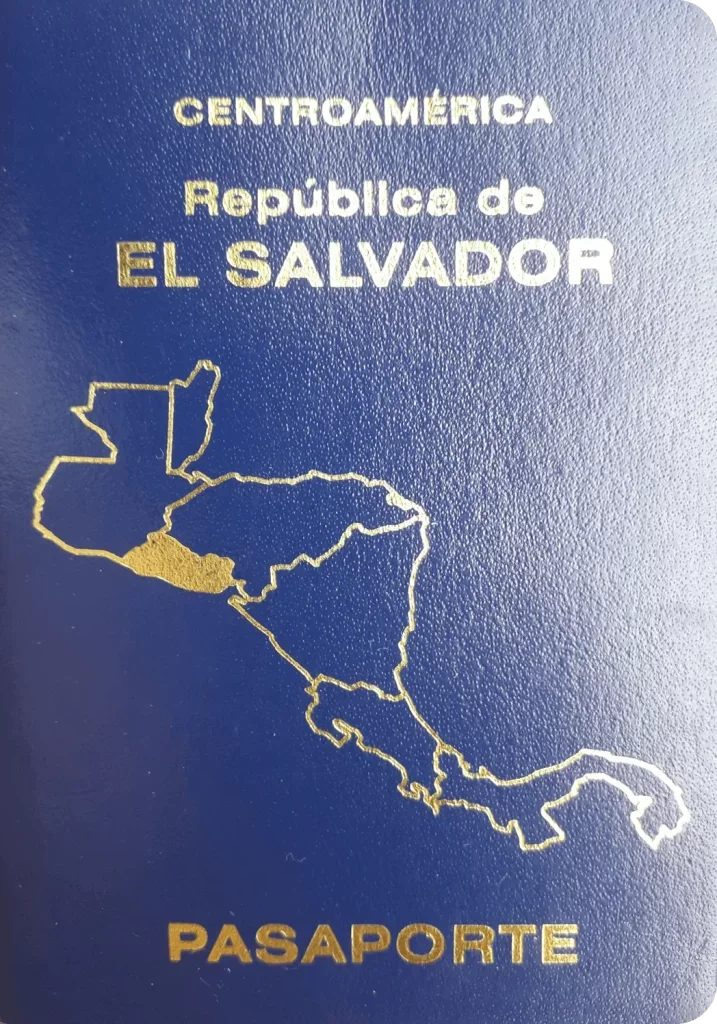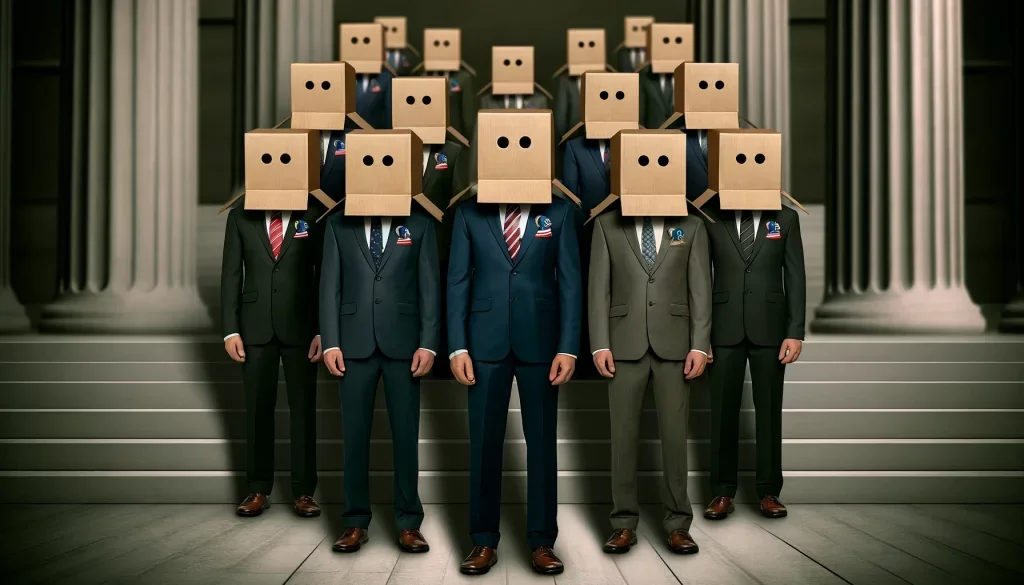January 22, 2015
Santiago, Chile
You probably know Jim Rickards as the author of two incredibly insightful books on finance and global geopolitics: Currency Wars and The Death of Money.
Jim worked on Wall Street for 35 years and has an intimate understanding of how global finance and the monetary system work. He knows and regularly talks with key policymakers at the Fed Board of Governors and US Treasury, and he testifies before Congress on financial matters.
Bottom line, he’s an extremely respected person in the world of finance. Not some tin-foil hat, gloom and doom guy.
When he speaks, every sensible person should listen.
I have an excellent relationship with Jim, and we talk often. He’s also going to be one of the speakers at our investment event in a few months.
We talked again this morning and I found the information and insights he was giving so valuable that I asked him if I could share them with you. To which he happily agreed, so I hit the record button.
The stuff he shared is truly remarkable.
We talk about the US economy and its fundamentals, the Fed (“The Fed has the worst models. I’m not joking, they have the worst forecasting record of all time. Over the past five years they have been consistently wrong, by orders of magnitude.”) and what they’re most likely to do (or not do).
He discusses how the economy is really on a knife’s edge right now as the great battle—between natural forces that are pushing for deflation and central banks and governments that are pushing for inflation—plays out.
He shares his advice on what investors are supposed to do in this environment (hint: prepare for both and hold real assets).
We talk about oil prices and how the fallout from oil’s drop is likely to wipe out a significant part of the $10 trillion debt market related to oil. If the default rate hits only 10%, this means a trillion dollars is on the line. More than in the sub-prime crisis a few years ago.
Jim also gives an exact number of what the price of oil is likely to hover around in the medium term and why (hint: it’s all about Saudi Arabia vs. the shale industry).
He also talks about gold and how its perception is starting to change (it’s being treated as money and not as a commodity)—and much more.
It’s a conversation packed with so much valuable information that it’s impossible to recap it all here—I strongly encourage you to give it a listen:
The crucial takeaway here is that there are so many different and competing forces at play. And while it might all seem fine and dandy, especially in the US, people shouldn’t be lulled into a false sense of security by the temporary respite.
Sure, the dollar is strong against other fiat currencies at the moment, the stock markets are at all time highs, and the headline unemployment number is lower than it used to be—but rational people understand major risks just beneath the surface and have a plan B.









